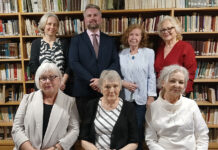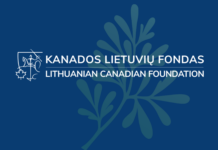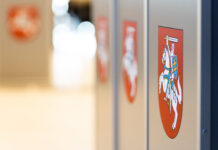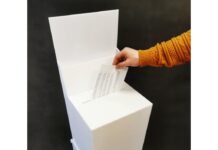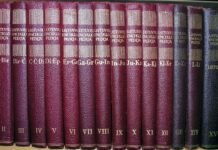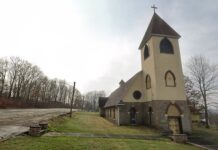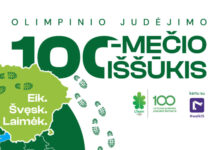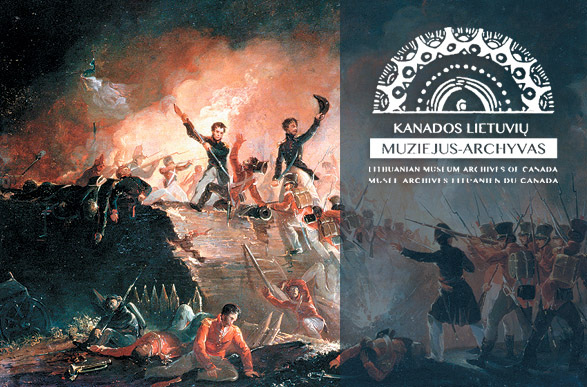
Coming soon – a new historical exhibition
The Lithuanian Museum-Archives of Canada is not resting during COVID! Danguolė Juozapavičius-Breen, director of the LMAC, and her volunteer assistant Peg Perry, have undertaken painstaking research in an area that connected Canada and Lithuania over 200 years ago.
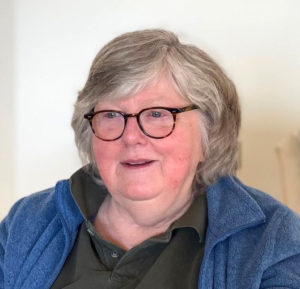

The Grand Duchy of Lithuania was a European state that lasted from the 13th century to 1795, when the territory was partitioned among the Russian Empire, the Kingdom of Prussia and Austria. The state was founded by Lithuanians, which was at the time a polytheistic nation born from several united Baltic tribes from Aukštaitija.
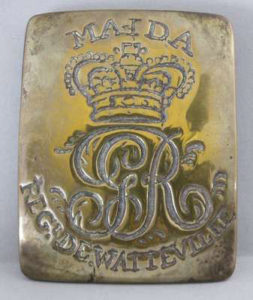
Most Canadians are familiar with the War of 1812 – but how did that involve Lithuanians? These are questions that Danguolė and Peg became deeply interested in. As director of the KLMA since 2015, Danguolė was determined to trace the earliest history of Lithuanians in Canada. A compendium of that same name, published in 1967, with a short section on Lithuanians who fought in the War of 1812 by Dr. K. Jurgėla, precipitated a wider search. As it happens, Peg Perry, a mathematician and IT specialist loves history and is an avid genealogist. She has an ancestor of her own (5th great-grandfather) involved in that war. With the vast research possibilities offered by the internet, unimaginable in the 1960‘s, she began many months of work foraging through British Military Archives and other available sources to trace the Lithuanians, originally born in the Grand Duchy of Lithuania, who arrived in Canada in the early 1800‘s as members of the British forces.
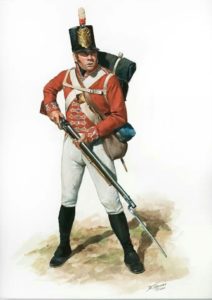
These men, born in the Grand Duchy of Lithuania (GDL) had fought under Napoleon, hoping he would defeat Russia and deliver Lithuania from csarist repression, but ended as prisoners of war on British ships. The British kept detailed lists of soldiers, their names, birth dates and places, and their equipment. Although their surnames were not a clear source of ethnicity due to variations in transcription, places of birth were the key to their origins. British records show that in all there were 99 men who came to Halifax, then Montreal, as members of the De Watteville regiment.
Another invaluable source of information for Peg Perry was the author Alistair Nichols, who has collected a vast amount of information on the period and answered many questions tying together various facts and events for her research and the story that became an intricate task leading to an exhibition.
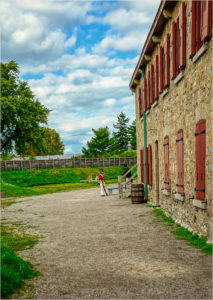
As to the fate of these soldiers, there is historical evidence that after the war they were granted parcels of land near Kingston and in Quebec, but the lots were so poor that only 20 to 30 of the men stayed to work it, and those were mostly Poles. Others returned to Europe. Some had been captured by the Americans, and finally settled near Pittsfield, MA. Another contingent went to Manitoba, in the Red River area, to work for the Hudson‘s Bay Company.
The research for this exhibition required reading through endless lists and checking at least 10,000 names. Peg finally found what she was looking for in one line of a footnote stating that of the 99 soldiers, one Lithuanian, Andreas Keogta, was still living in Manitoba in 1818.
The archives reveal that the Lithuanian soldiers were brave souls who were not afraid of hardship and were able to survive the worst conditions.
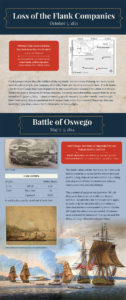
KLMA director Danguolė Breen is very pleased to see the story of Lithuanian Canadians enriched with this new information. It will be told in several ways. Moveable banners with texts and photos will be exhibited for drive-through viewing on Cemetery Visitation day at Anapilis at the end of May. A Q-code will bedisplayed on the banners for visitors to connect by cellphone to a wider virtual exhibition on www.lithuanianheritage.ca. The website will also provide an e-book written by Peg Perry about other interesting aspects of her research.
The exhibition is meant to attract the Lithuanian community and anyone interested in the history of the Lithuanian diaspora. It is an important part of Canadian history as well, and will hopefully also draw a wider Canadian audience. It may travel to other museums in Canada, such as Fort Erie and Fort George, which are dedicated to the 1812-1815 period, and to similar neighbouring locations in the US.
Webinars will be organized for those wishing to delve further into this history. In the future, Lithuanian language school students will be offered remote learning sessions about this famous moment in North American history in which our Lithuanian ancestors were participants.




